#jean baptiste isabey
Text

Portraits of the Empress Marie-Louise (1791-1847) and the King of Rome, Napoleon II, Duke of Reichstadt (1811-1832) son of the Emperor Napoleon I (1769-1821). By Jean-Baptiste Isabey.
#jean baptiste isabey#french empire#dynastie bonaparte#buonaparte#bonaparte#empress marie louise#napoleon ii#maison bonaparte
18 notes
·
View notes
Text
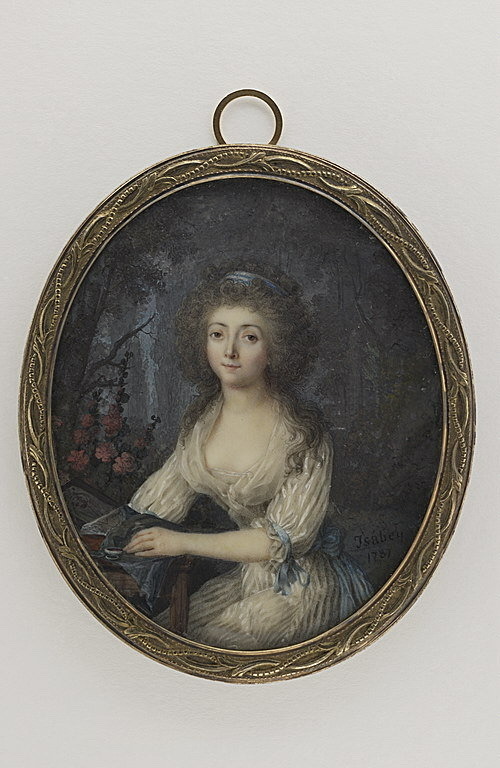
Miniature, 1787, French.
By Jean-Baptiste Isabey.
Portraying Madame Quénens in a White Dress.
Musée du Louvre.
#madame quénens#miniature#1787#1780s#1780s miniature#french#France#jean baptiste isabey#musée du louvre#womenswear#white#hair#dress#1780s hair#18th century
9 notes
·
View notes
Text



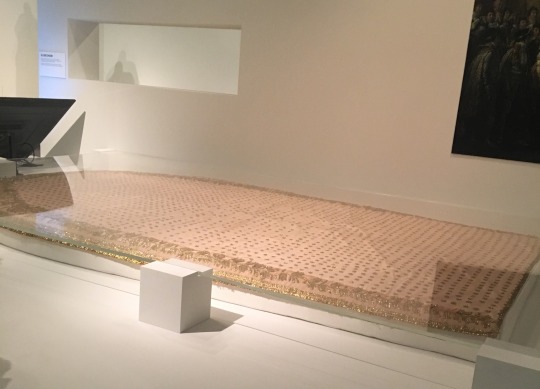






Metallic Embroidery And Silk Net Train
Court Ensemble For Empress Josephine
Court Dressmaker Louis Hippolyte LeRoy
Embroidery Designer Jean-Baptiste Isabey
France, 1804-1809
Majesty & Mystery: Saving A Napoleonic Court Gown
Fidm Museum And Galleries
#silk net#embroidery#court gown#empress josephine#louis hippolyte leroy#jean baptiste isabey#antique clothing#1800's fashion#empire fashion#majesty & mystery: saving a napoleonic court gown#fidm
12 notes
·
View notes
Text

Jérôme Bonaparte in profile, by Jean-Baptiste Isabey.
[Via MutualArt]
17 notes
·
View notes
Text
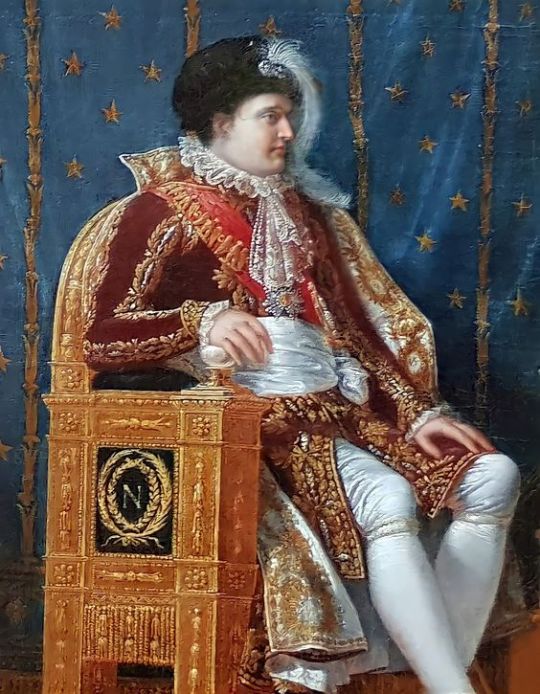
Emperor Napoleon I. 1810. Jean-Baptiste Isabey
1 note
·
View note
Text
La Normandie et les peintres 1
La Normandie et les peintres 1
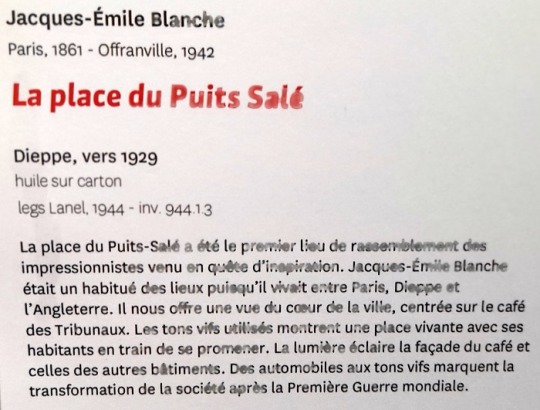
View On WordPress
#Alexandre Eugène Bellangé#Alfred Casile#Alfred Sisley#Antoine Guillemet#Auguste Jugelet#Café des Tribunaux#Camille Pissarro#Dieppe#Eugène Boudin#Eugène Isabey#Eugène Lepoittevin#Félix Brissot de Warville#Gustave Courbet#Heerman Witmont#Jacques-Emile Blanche#Jan Dubbels#Jean-Baptiste Greuze#Karl Daubigny#Laurent Gsell#Léon-Auguste Asselineau#Louis Ambroise Garneray#Pierre-Auguste Renoir#Place du Puits Salé#steamboat Angers 1890#Théodore de Broutelles
0 notes
Text

Pauline Bonaparte, Princess Borghese by Jean Baptiste Isabey, 1812-14, France.
46 notes
·
View notes
Text
The session of plenipotentiaries that never happened,
Or The tale of how I rediscovered that one lithography of Isabey’s famous painting in extremely high resolution and went through a total recall, so that everybody could suffer (myself including) ⭐️
The arrival of the Duke of Wellington had not only affected Vienna's diplomatic activity and social calendar; it was also posing a problem to the painter Jean-Baptiste Isabey, who was trying to capture the congress on canvas. He had been working for some time, and he had finally found a way to balance all the strong personalities, many of them patrons, into one single painting, and yet not offend national sensibilities or fragile egos.
The painting, which depicted the delegates gathered in a conference room, turned out to be a compromise in the best spirit of Vienna diplomacy.
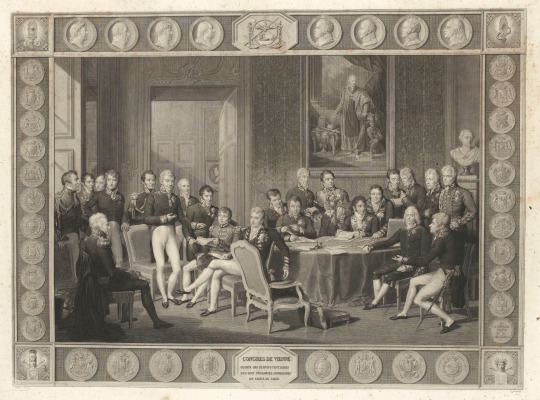
Metternich, the president of the Congress, draws the eye, as the only standing figure in the foreground.
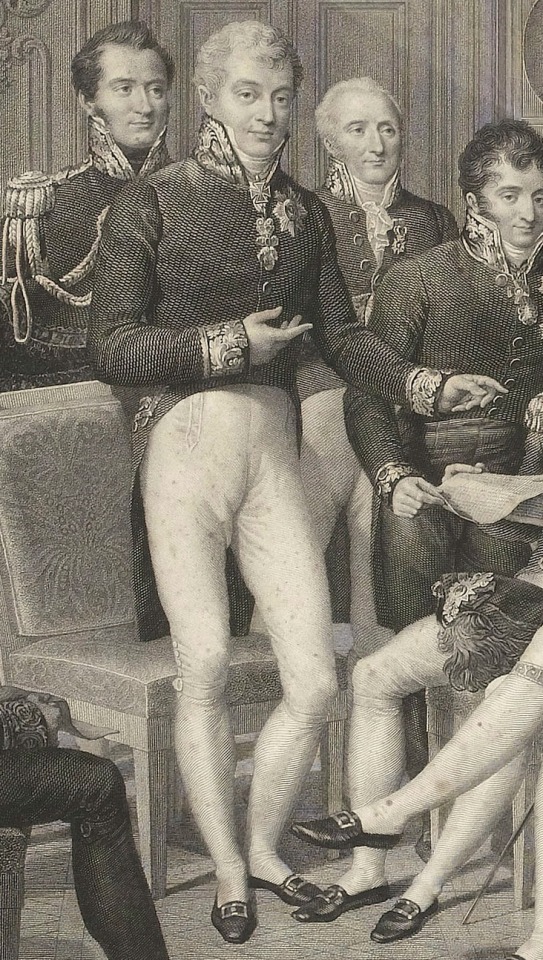
Castlereagh, though, commands the center, sitting with his legs gracefully crossed and elbow resting on the table.
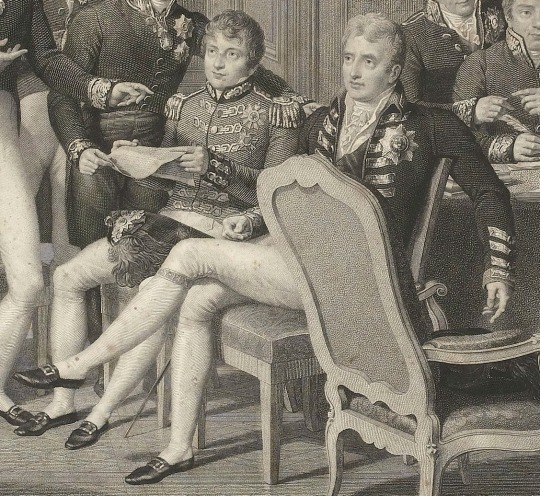
The light shining through the window, however, falls onto Talleyrand, sitting across the table with his dress sword at his side. An empty chair on both his right and left make him further stand out, as do the nearby figures who look to him, just as many of the smaller powers had sought his leadership the last few months.

As Isabey was putting the finishing touches to his composition, he had to figure out what to do about the fact that the Duke of Wellington was now also in town. Starting over was out of the question. Omitting a man of his stature was equally impossible. Yet it was not easy to incorporate him into a canvas on which all the best places had already been taken. The painter's solution was simple and elegant: why not make the painting commemorate the Duke of Wellington's arrival in Vienna?
That way, the duke could simply be inserted on the far left side of the painting, without any insult to his position. As for the duke's reluctance to be painted from a side angle (he was self-conscious about his nose), Isabey had overcome that with a well-targeted compliment: didn't Wellington look like the handsome and chivalric Henry IV? Pleased with this comparison, Wellington accepted, joking that Isabey was a "good enough diplomat to take part in the Congress".
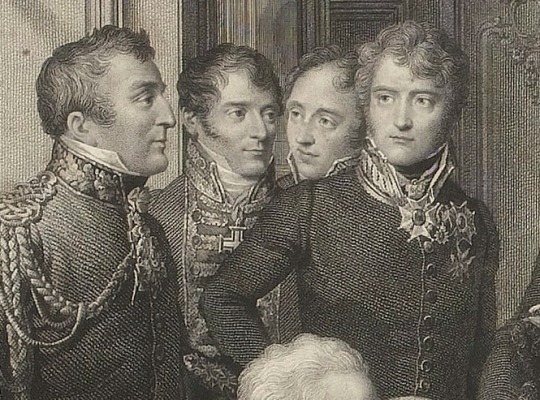
The painter also had to apply his finesse to convince Humboldt to enter the studio. The Prussian ambassador hated to have his portrait made, and, sure enough, he first declined, claiming that he had "too ugly a face ever to spend a penny" on a portrait. With this statement, Isabey saw his opportunity and emphasized that he would not "ask the slightest recompense for the pleasant trouble I am going to take". Isabey only wanted "the favor of a few sittings".
"Oh, is that all?" Humboldt quickly came around when he realized it would not cost him anything. "You can have as many sittings as you like".
Later, many congratulated Isabey on his portrait, particularly the fine job with Humboldt. The Prussian did not pay anything, as agreed, and Isabey got his revenge, Humboldt joked, by painting "an excellent likeness of me".
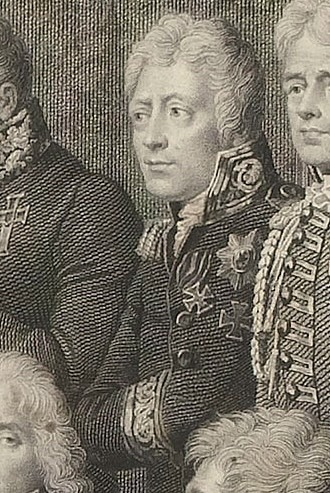
Few could complain of the treatment received from Isabey's flattering brush. This famous painting of the Congress of Vienna was pleasing to all, though typical of this peace conference, the scene was purely imaginary. The group of twenty-three delegates had never met in exactly this way before. Isabey had painted the portraits of each figure individually, and then later assembled the whole group together.
And so, symbolically, this simulated image would commemorate a congress that never was.
After that spectacular depiction of historical context surrounding Isabey’s magnificent canvas by David King few things are left to be added. I would simply love to highlight some other figures of utmost importance for the diplomatic life of that illustrious historical period - there are
Karl August von Hardenberg, Prime Minister of Prussia at the time;
Herren Wacken and Friedrich von Gentz, two Secretaries who were responsible for the protocols of the most important Congress' meetings;
count Karl Vasilyevich Nesselrode, a Russian-German diplomat, who was going to become state chancellor of the Russian Empire (in 1816);
prince Andrey (Andrew) Kirillovich Razumovsky, an extremely wealthy Russian aristocrat and diplomat, for whom Vienna was like his second home;
and we shouldn’t (or rather can’t) forget about general Charles Stewart-Vane, Castlereagh’s younger brother who definitely knew how to throw an unforgettable party, so refined aristocratic society could discuss his wild adventures at their fashionable salon meetings day and night. ✨


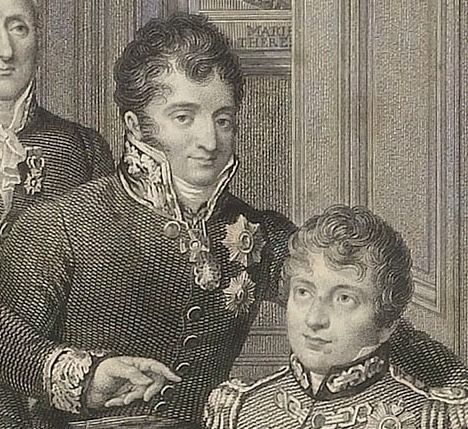
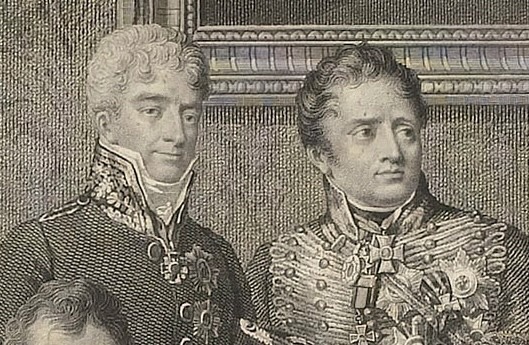
P.S.
Perhaps, there should be more posts with other details of the lithograph as well as Isabey’s original canvas, I’ll just need some time and motivation for that. 👌
#I bet some people know perfectly well what was playing in the background during the arrangement of this post 🤫#the congress of vienna#klemens von metternich#metternich#robert stewart#lord castlereagh#charles-maurice de talleyrand-périgord#talleyrand#wilhelm von humboldt#humboldt#hardenberg#friedrich von gentz#nesselrode#prince razumovsky#charles stewart-vane#napoleonic era#napoleonic wars#19th century#1814#1815
43 notes
·
View notes
Text

'Young Smoker in an Ornate Costume'. Jean-Baptiste Isabey. 1767-1855.
10 notes
·
View notes
Photo

Francois Gèrard “Jean-Baptiste Isabey avec sa fille” 1795
Louvre, Paris
3 notes
·
View notes
Text

Portrait of Maria Countess Walewska (1786-1817). By Jean Baptiste Isabey.
#jean baptiste isabey#królestwo polskie#polish aristocracy#maria walewska#royal mistresses#kingdom of poland#french empire#dynastie bonaparte#maison bonaparte
7 notes
·
View notes
Text

Miniature, 1790, French.
By Jean-Baptiste Isabey.
Portraying Mademoiselle de Salienne.
Musée du Louvre.
#musée du louvre#womenswear#black#miniature#1790#1790s#1790s miniature#france#french#1790s france#french revolution#hat#dress#18th century#Jean-Baptiste Isabey#mademoiselle de salienne#constitutional monarchy
5 notes
·
View notes
Text

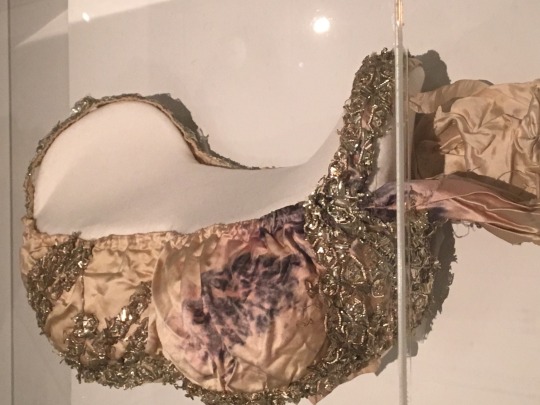



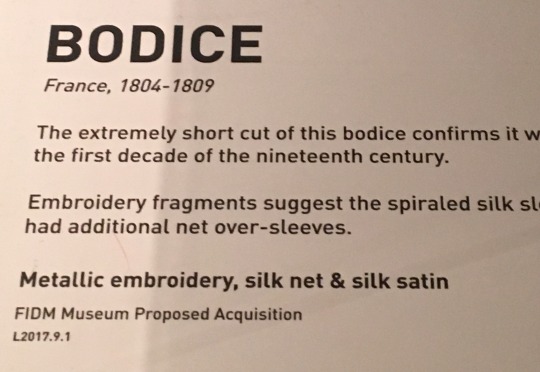
Metallic Embroidery, Silk Net And Silk Satin Bodice
Court Ensemble For Empress Josephine
Court Dressmaker Louis Hippolyte LeRoy
Embroidery Designer Jean-Baptiste Isabey
France, 1804-1809
Majesty & Mystery: Saving A Napoleonic Court Gown
Fidm Museum And Galleries
#bodice#court gown#empress josephine#jean baptiste isabey#louis hippolyte leroy#empire fashion#antique clothing#1800's fashion#majesty & mystery: saving a napoleonic court gown#fidm
8 notes
·
View notes
Text
Description of Pauline Bonaparte
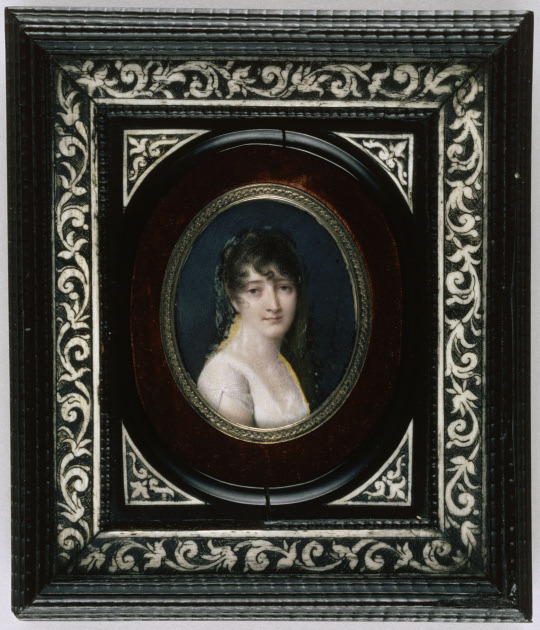
Buste de la princesse Pauline Borghèse, Jean-Baptiste Isabey (Louvre)
“At dinner, I was placed next Paulette, who, remembering that she had met me at Marseilles, knowing me to be in possession of her secrets since I was the confidential friend of her future husband, treated me as an old acquaintance. She was a singular combination of the most perfect physical beauty and the most bizarre moral qualities. If she was the most lovely person one could possibly see, she was also the most unreasonable that one could imagine. She behaved like a schoolgirl, speaking at random, laughing at nothing and at everything, making fun of the most serious persons, putting out her tongue at her sister-in-law when she was not looking, nudging my knee when I did not pay sufficient attention to her pranks, and attracting to herself from time to time those terrible glances with which her brother called the most untractable men to order. But they made hardly any impression on her; the next moment she would begin again, and the authority of the Commander-in-Chief of the Army of Italy fell to pieces before the giddiness of a little girl. Nevertheless, she was a good child by nature rather than from a desire to be such, for she had no principle and was capable of doing good merely from caprice.”
— The poet Arnault
[Italics in original]
*Commander-in-Chief of the Army of Italy is Napoleon.
Source: The Sisters of Napoleon: Elisa, Pauline, and Caroline Bonaparte, After the Testimony of Their Contemporaries, by Joseph Turquan and W. R. H. Trowbridge
From Arnault, Souvenirs d'un Sexagénaire
#Isabey#pauline bonaparte#Pauline#Napoleon’s sisters#napoleon#napoleonic era#napoleonic#napoleon bonaparte#first french empire#french empire#Jean-Baptiste Isabey#louvre#pauline borghese#borghese#19th century#1800s#1800s art#Joseph Turquan#Turquan#Caroline#Elisa#history#french#Arnault#Antoine-Vincent Arnault#Souvenirs d'un Sexagénaire#Napoelon’s family#Napoleon’s siblings
72 notes
·
View notes
Photo
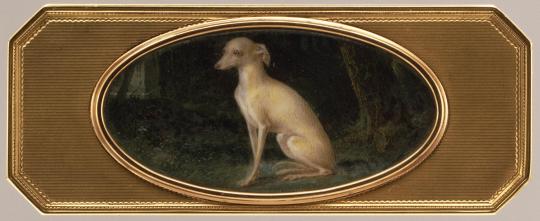
Box with portrait of an Italian greyhound
Probably by Joseph Etienne Blerzy (French, 1768-1808)
Miniature by Jean-Baptiste Isabey (French, Nancy 1767-1855 Paris)
The Metropolitan Museum of Art
the #sighthound #bulletin
2 notes
·
View notes
Text

Snuffbox France Circa 1810 Silver gilt Miniature of Napoleon Bonaparte by Jean Baptiste Isabey
23 notes
·
View notes